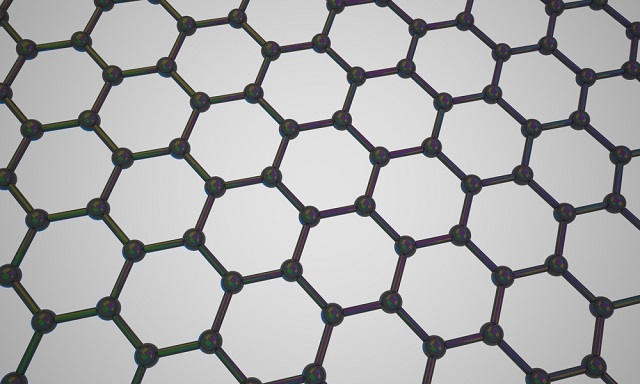Feb 24 2016
A team of researchers from the University of California Santa Cruz and Lawrence Livermore National Laboratory (LLNL) recently announced the first instance of ultrafast 3D-printed graphene supercapacitor electrodes capable of outperforming comparable electrodes, manufactured using conventional techniques.
 Image Credit: Bessarab/Shutterstock.com
Image Credit: Bessarab/Shutterstock.com
This study provides the potential to create unique, unconstrained designs of highly efficient energy storage systems for smartphones, implantable devices, electric cars, wearables, and wireless sensors.
The researchers printed micro-architected electrodes, and constructed supercapacitors with superior performance characteristics using a 3D-printing method known as direct-ink writing and a graphene-oxide composite ink.
Supercapacitor devices using our 3D-printed graphene electrodes with thicknesses on the order of millimeters exhibit outstanding capacitance retention and power densities. This performance greatly exceeds the performance of conventional devices with thick electrodes, and it equals or exceeds the performance of reported devices made with electrodes 10 to 100 times thinner.
Yat Li, Associate Professor of Chemistry, UC Santa Cruz
The lead authors of the paper are LLNL engineer Cheng Zhu and UCSC graduate student Tianyu Liu.
This breaks through the limitations of what 2D manufacturing can do. We can fabricate a large range of 3D architectures. In a phone, for instance, you would only need to leave a small area for energy storage. The geometry can be very complex.
Cheng Zhu, Engineer, LLNL
Zhu said that supercapacitors can charge rapidly, and require only a few minutes, or even seconds, to reach full capacity.
The team believes that in the future the the 3D-printed supercapacitors could be used to produce innovative electronics, which are currently complicated and can be impractical to produce using other synthetic techniques, including 100% customized smartphones and foldable or paper-based devices, and at the same time realize extraordinary levels of performance.
According to Li, these unique devices were possible due to a number of major breakthroughs, beginning with the creation of a printable graphene-based ink. Next the alteration of the 3D printing scheme to match with aerogel processing made it possible to retain the crucial electrical and mechanical properties of single graphene sheets in the 3D-printed structures. Finally using 3D printing to smartly create periodic macropores into graphene electrodes greatly improves mass transport, which enables the device to sustain much faster charge/discharge rates without compromising its capacity.
This work provides an example of how 3D-printed materials such as graphene aerogels can significantly expand the design space for fabricating high-performance and fully integrable energy storage devices optimized for a broad range of applications.
Yat Li, Associate Professor of Chemistry, UC Santa Cruz
Lightweight properties, ultrahigh surface area, excellent electrical conductivity, and elasticity are some of the benefits of graphene-based inks. The researchers reported that the graphene composite aerogel supercapacitors are also highly stable, with the capability to almost fully preserve their energy capacity after 10,000 successive charging and discharging cycles.
Graphene is a really incredible material because it is essentially a single atomic layer that can be created from graphite. Because of its structure and crystalline arrangement, it has really phenomenal capabilities.
Eric Duoss, Materials Engineer, LLNL
Going forward the team plans to expand the technology by creating novel 3D designs, using a variety of inks, and enhancing the performance of currently available materials.
LLNL's Laboratory Directed Research & Development (LDRD) provided the funding for the research. The details of the research have been published online in the Nano Letters journal on 20th January. The article will also be featured on the cover of the March issue of the journal.